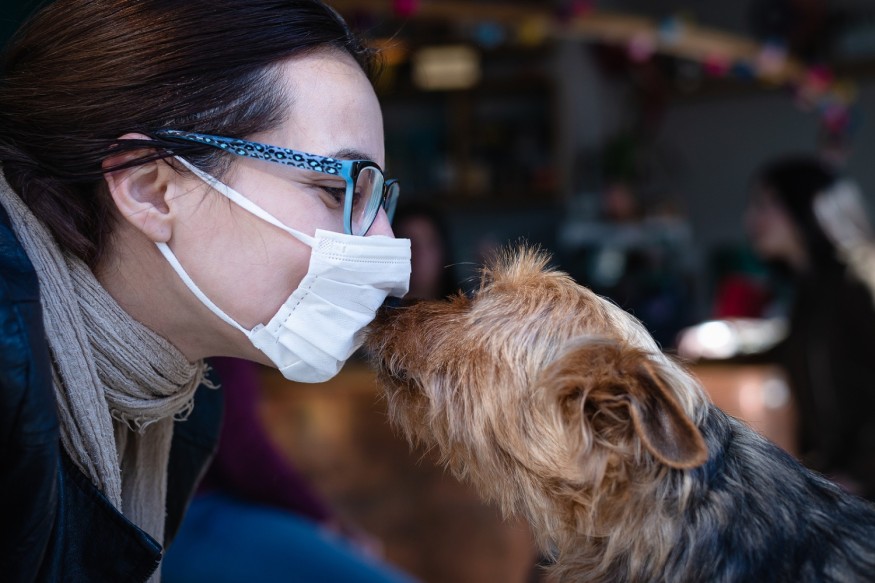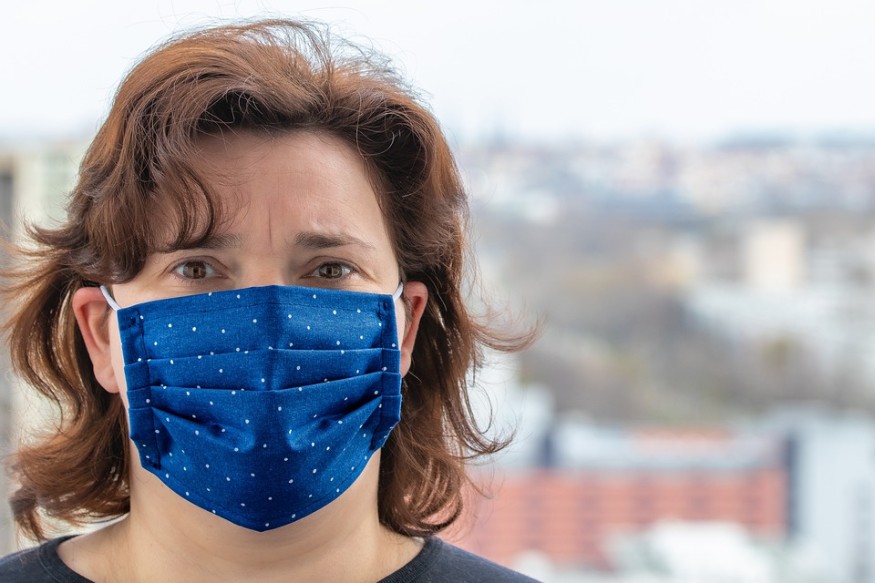Public health experts warn that removing public health restrictions to stem the spread of COVID-19 has resulted in off-season increases in a respiratory virus known as RSV in parts of the southern United States.

RSV Activity

In the fall and winter, RSV (respiratory syncytial virus) is more active. But, according to a Centers for Disease Control and Prevention (CDC) advice for physicians and health care professionals released on June 10, this summer surge indicates a "deviation" from usual.
The virus produces a common cold in most individuals, but it can cause more severe disease in susceptible groups such as elderly persons with chronic illnesses, young children, and newborns. According to the CDC, it's the leading cause of bronchiolitis (a lung infection) and pneumonia among infants under the age of one in the United States.
Implementation of Public Health Protocols
When public health efforts to prevent COVID-19 were implemented in April 2020 in the United States, the number of RSV cases dropped dramatically, and cases remained low until March 2021.
However, according to data submitted to the National Respiratory and Enteric Virus Surveillance System, RSV instances are currently on the rise in regions of the southern United States, including the Carolinas, Florida, and Texas.
According to the CDC, RSV activity rose between normal activity seasons in Australia in late 2020 and early 2021 and in South Africa in early 2021.
Related Article : Wise? Summer Escapades Start to Rise as COVID-19 Restriction Eases
Peak RSV Season

RSV normally peaks in New South Wales, Australia, between April and June, but according to Live Science, the number of cases decreased by more than 85 percent last year compared to the normal number. However, RSV infections jumped to 6,000 in two weeks after regulators relaxed COVID-19 limits in late December 2020. (much higher than the few hundred cases reported in those weeks in a typical year).
According to experts, seasonal viruses, which were virtually eradicated last year due to COVID-19-fighting efforts, may resurface at inopportune periods, as previously reported by Live Science. In addition, last year's lower exposure to seasonal viruses may have left a somewhat more susceptible population.
"We're very concerned that as we loosen up restrictions on public health measures, we'll see many other viruses come back as well, and other illnesses that will start to spread as people are more open to being together without distancing and without wearing masks," said Dr. Sara Goza, a physician and former president of the American Academy of Pediatrics, on NPR's "All Things Considered." "We hope people will keep washing their hands often and staying at home if they are unwell."
Spread of the Virus
RSV is transferred most commonly through direct contact with respiratory droplets from coughs and sneezes and contact with infected surfaces. A runny nose, sore throat, cough, headache, tiredness, and fever are all signs of the virus. In addition, it can cause irritability, poor feeding or appetite, lethargy, apnea (breathing pauses), fever, runny nose, cough, sneezing, fever, and wheezing in babies and young children.
The CDC advises health care providers to screen more individuals for RSV if they show signs of acute respiratory infection but test negative for COVID-19.
According to the CDC, RSV causes 58,000 hospitalizations and 100 to 500 fatalities in children under the age of 5, and 177,000 hospitalizations and 14,000 deaths in individuals 65 and over each year.
For more health and medicine related news, don't forget to follow Nature World News!
© 2025 NatureWorldNews.com All rights reserved. Do not reproduce without permission.





